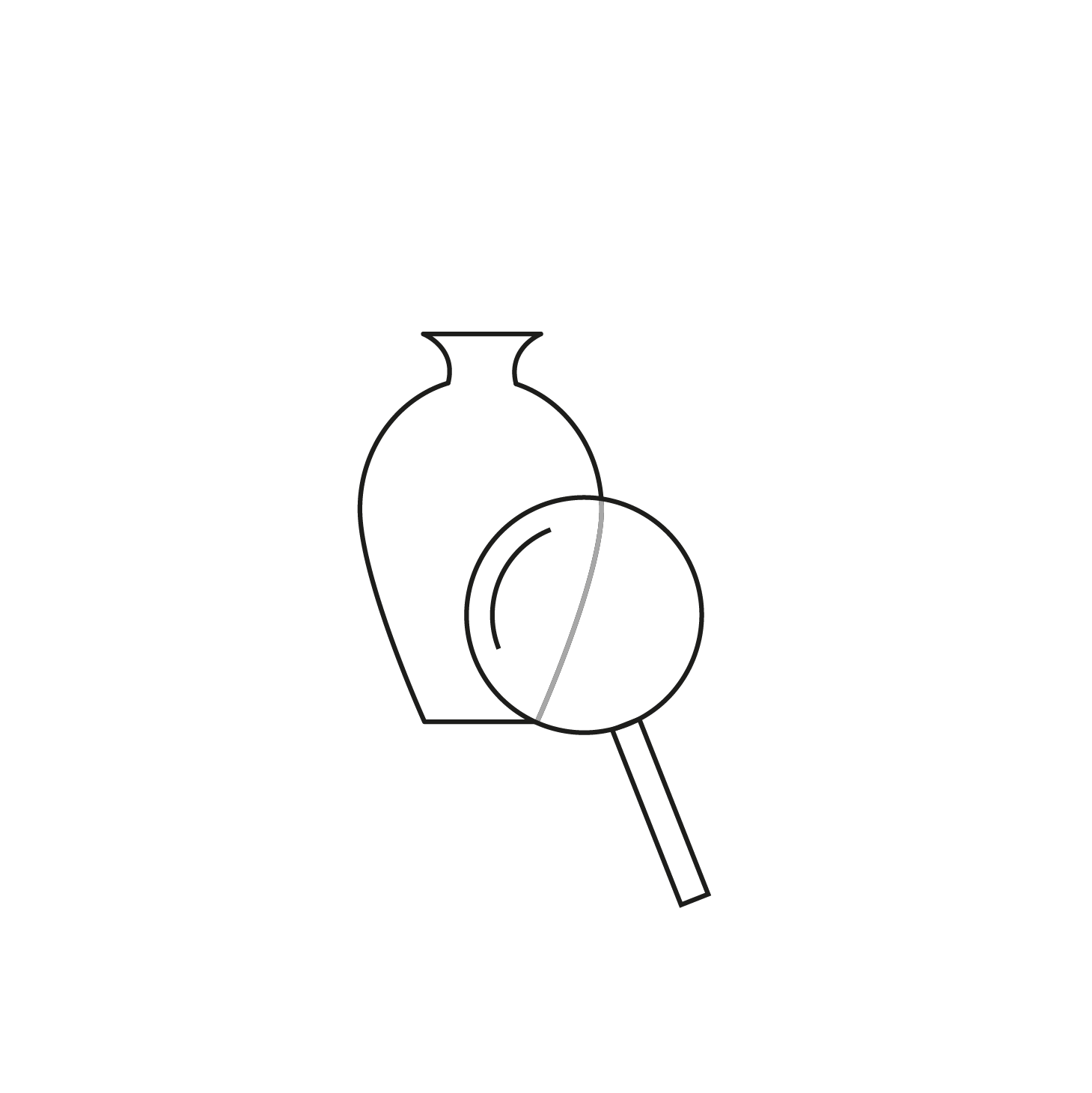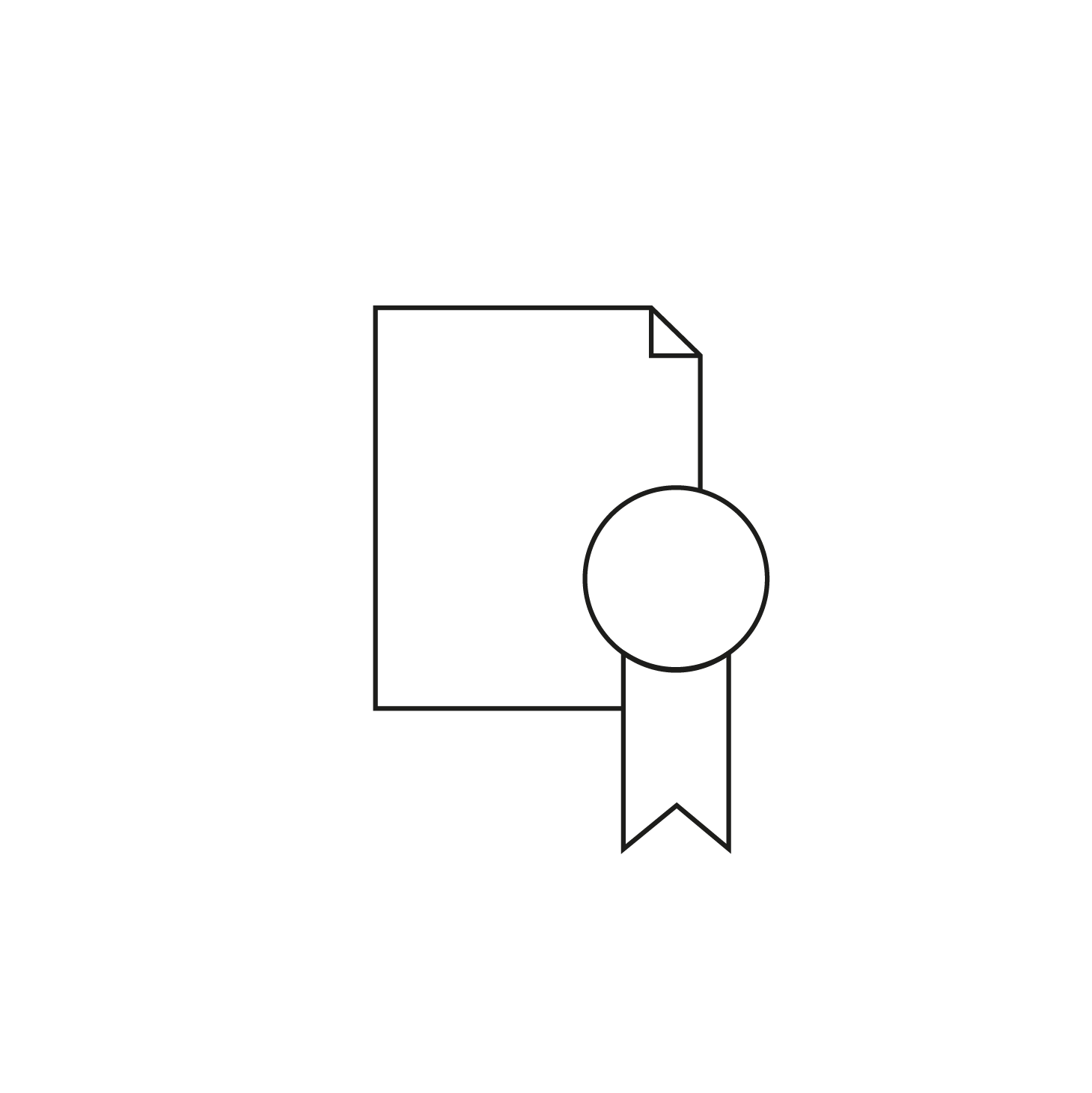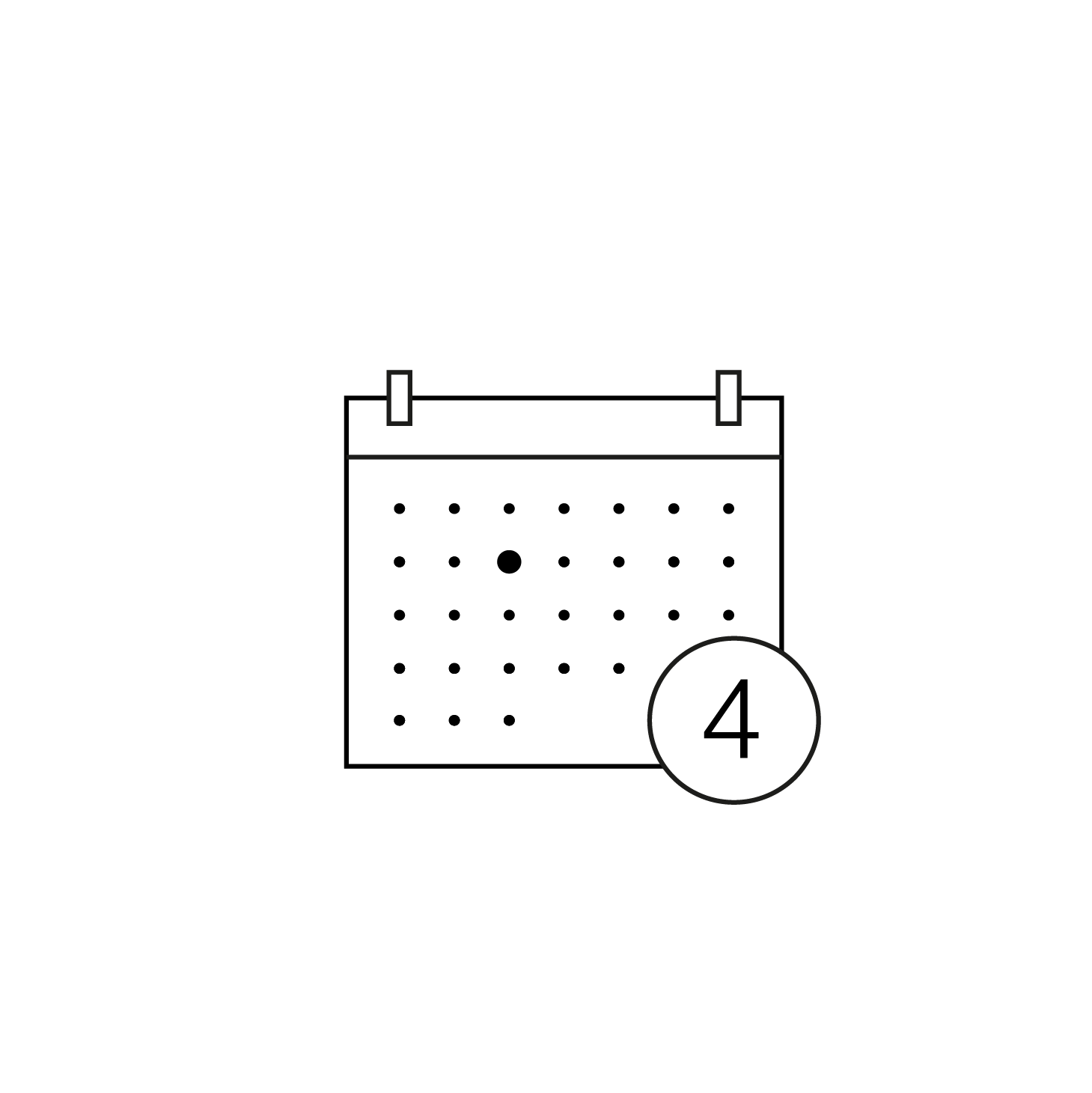Albert Marquet, born in 1875, arrived in Paris in 1890. The following year, he befriends Matisse and Manguin. As a student at the Beaux-Arts, he frequented the studio of Gustave Moreau, who encouraged him to immerse himself in the great old masters. He finally discovers Impressionism at the gallery owner Paul Durand-Ruel. It was a real revelation for him.
As early as 1897, the artist worked on the motif in a vein that brought him closer to what Louis Vauxcelles would soon describe as “fauve”. Indeed, he was part of the group exhibiting in 1905 at the Salon d’Automne, in the famous Hall VII. He adopts a speed of execution and a simplification of forms, to the benefit of a visibility of the fingerboard.
A few years later, in search of a new harmony of tone, the painter nevertheless returned to a more moderate style and a softer palette, far from the brutal vision of shapes and colours advocated by the Fauvists.
From 1925 onwards, Albert Marquet spent every winter in Algiers and travelled the rest of the year. He travelled to France, Italy and Norway. Representing the landscapes he crosses and the ports that welcome him, his painting retraces the main lines of his travels and thus becomes his travel diary.






